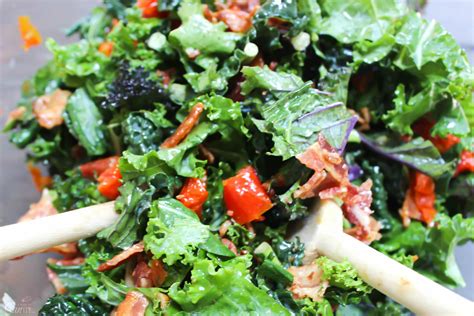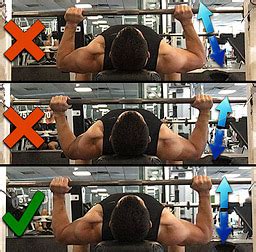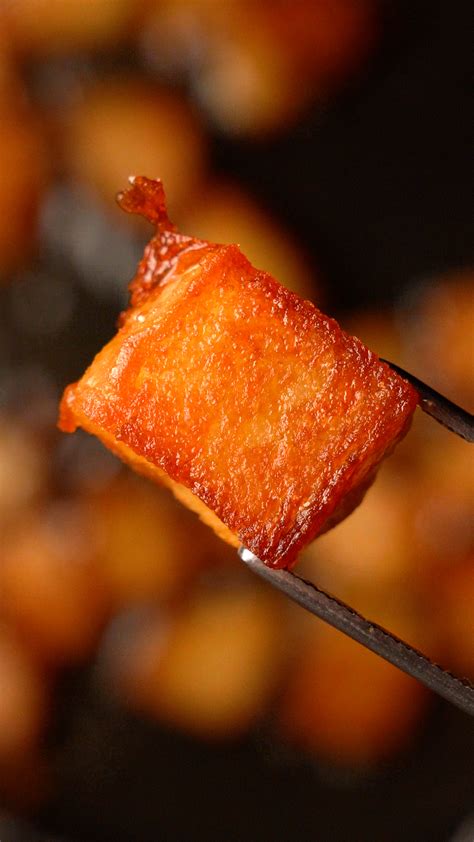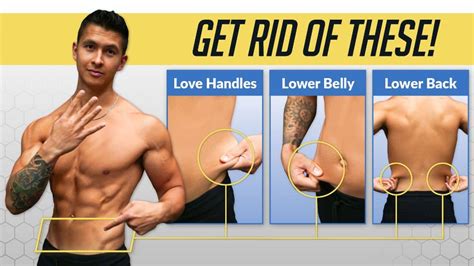Introduction: The Dual Goal of Body Recomposition
For many men, the ultimate fitness goal is to build lean muscle while simultaneously shedding excess body fat. This process, often referred to as body recomposition, requires a disciplined and intelligent approach to both training and nutrition. It’s not about quick fixes, but rather a sustainable strategy that prioritizes progressive overload in the gym and meticulous attention to dietary intake.
While challenging, achieving a shredded, muscular physique is entirely possible with the right blueprint. This article will break down the most effective workout and diet strategies to help men build lean mass and cut fat efficiently.
The Workout Blueprint: Building Muscle, Burning Fat
The foundation of building lean muscle and cutting fat lies in resistance training. Your body needs a reason to hold onto and grow muscle, and lifting weights provides that stimulus. Cardiovascular exercise plays a supportive role, aiding in fat loss and improving overall health.
1. Resistance Training: The Non-Negotiable Core
Focus on compound movements that engage multiple muscle groups simultaneously. These exercises are superior for building overall strength and muscle mass, and they burn more calories than isolation exercises.
- Key Exercises: Squats, Deadlifts (conventional or RDLs), Bench Press (flat or incline), Overhead Press, Barbell Rows, Pull-ups/Lat Pulldowns, Dips.
- Frequency: Aim for 3-5 full-body or upper/lower split workouts per week. Hitting each major muscle group 2-3 times per week is ideal for muscle growth.
- Rep Ranges & Sets: For muscle hypertrophy, 3-5 sets of 6-12 repetitions per exercise are generally effective. For strength, 3-5 sets of 1-5 reps can be incorporated.
- Progressive Overload: This is critical. You must continually challenge your muscles by gradually increasing the weight, reps, sets, or decreasing rest times over time. Without progressive overload, your muscles have no reason to adapt and grow.

2. Strategic Cardio: Enhancing Fat Loss, Preserving Muscle
Cardio is important for creating a caloric deficit, but the type and intensity matter for muscle preservation.
- High-Intensity Interval Training (HIIT): Short bursts of intense exercise followed by brief recovery periods (e.g., sprints, battle ropes). HIIT is highly effective for burning calories and can boost your metabolism for hours post-workout. Perform 2-3 times per week on non-lifting days or after resistance training, for 15-25 minutes.
- Low-Intensity Steady-State (LISS) Cardio: Walking, cycling, or jogging at a moderate pace for a longer duration (e.g., 30-60 minutes). LISS is less taxing on the nervous system and can be done more frequently (2-4 times per week) without hindering recovery from weight training. It’s excellent for burning calories without causing excessive fatigue.

The Diet Strategy: Fueling Growth, Incinerating Fat
Your diet is paramount for both building muscle and cutting fat. You cannot out-train a bad diet. The key is to create a caloric deficit while ensuring sufficient protein intake to preserve muscle mass.
1. Caloric Deficit with High Protein
To lose fat, you must consume fewer calories than you burn. A deficit of 300-500 calories per day is a good starting point for sustainable fat loss.
- Protein: This is the most crucial macronutrient for muscle retention and growth during a cut. Aim for 0.8-1 gram of protein per pound of body weight (e.g., 180 lbs man = 144-180g protein). Good sources include lean meats (chicken, turkey, beef), fish, eggs, dairy, and protein supplements.
- Why High Protein? It’s highly satiating (helps control hunger), has a higher thermic effect (burns more calories during digestion), and is essential for repairing and building muscle tissue.

2. Carbohydrates and Fats: The Supporting Cast
- Carbohydrates: While often demonized, carbs are vital for energy, especially for intense workouts. Focus on complex carbohydrates from whole, unprocessed sources like oats, brown rice, quinoa, whole grains, fruits, and vegetables. Timing your carb intake around workouts (pre- and post-workout) can be beneficial. Adjust carb intake based on your activity level and fat loss progress; some may thrive on lower carb, others need more.
- Healthy Fats: Essential for hormone production, nutrient absorption, and overall health. Don’t cut them too low. Aim for 20-30% of your total daily calories from healthy fats like avocados, nuts, seeds, olive oil, and fatty fish (salmon).

3. Hydration and Micronutrients
Drink plenty of water throughout the day. Water is essential for metabolism, nutrient transport, and satiety. Ensure your diet is rich in fruits and vegetables to provide essential vitamins, minerals, and fiber.
Beyond Training and Nutrition: Recovery and Consistency
Even the best workout and diet plan will fail without adequate recovery and unwavering consistency.
1. Prioritize Sleep and Stress Management
- Sleep: Aim for 7-9 hours of quality sleep per night. Sleep is when your muscles repair and grow, and when important hormones like growth hormone and testosterone are released. Poor sleep can disrupt hormone balance, increase cortisol (a stress hormone that promotes fat storage), and impair recovery.
- Stress Management: Chronic stress elevates cortisol levels, which can hinder fat loss and muscle gain. Incorporate stress-reducing activities like meditation, yoga, reading, or spending time in nature.

2. Tracking Progress and Patience
Regularly track your workouts (weights, reps), body measurements, and take progress photos. The scale isn’t always the best indicator during body recomposition, as you may be gaining muscle while losing fat, resulting in a stable weight. Be patient; significant changes take time and consistent effort. Adjust your calories and macros as needed based on your progress.
Conclusion: A Sustainable Journey
Building lean muscle and cutting fat simultaneously is a challenging but highly rewarding endeavor. It demands a holistic approach combining intense, progressive resistance training, strategically implemented cardio, a high-protein diet in a caloric deficit, and unwavering dedication to recovery and consistency. There’s no magic bullet; the most effective plan is the one you can adhere to long-term. Stay consistent, listen to your body, and celebrate small victories on your journey to a leaner, stronger physique.




